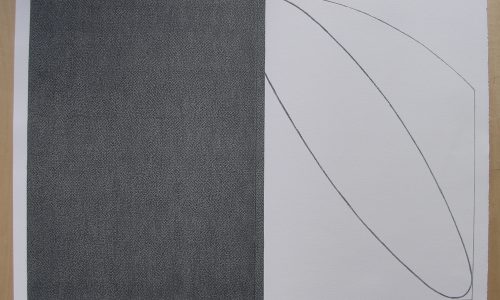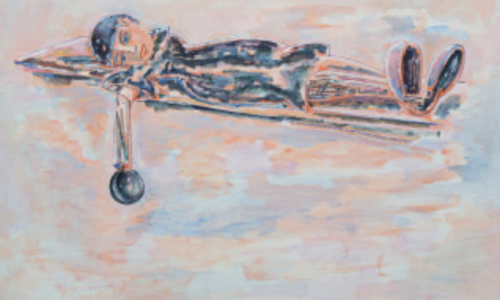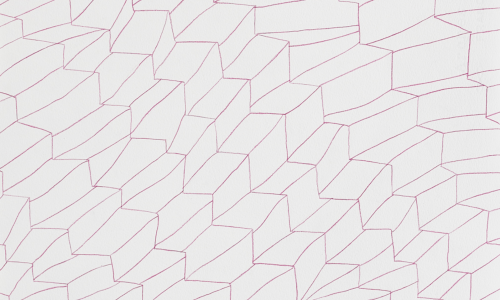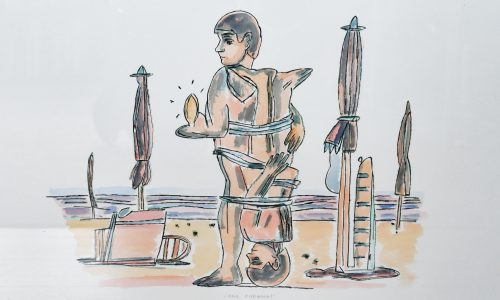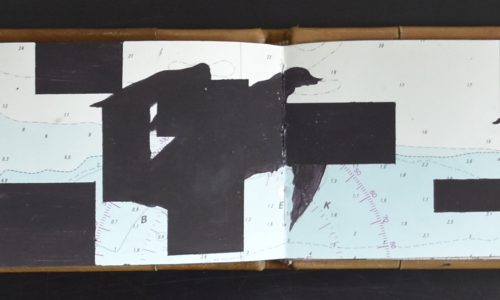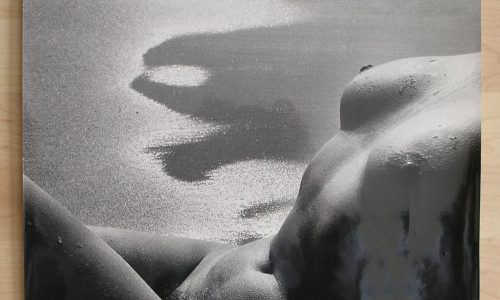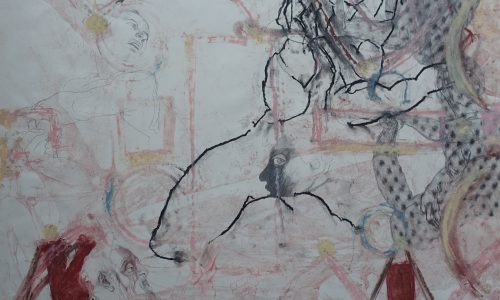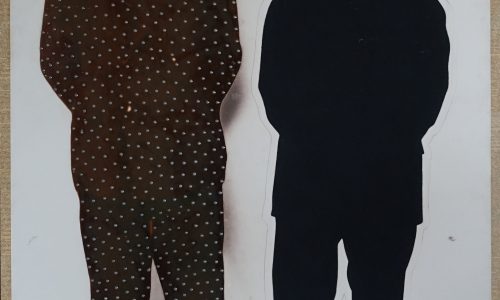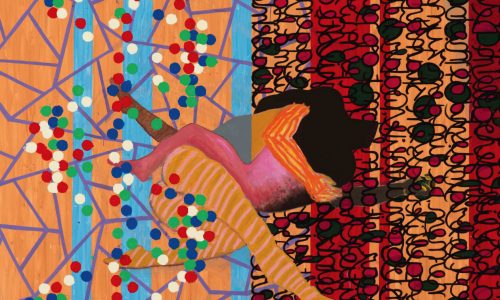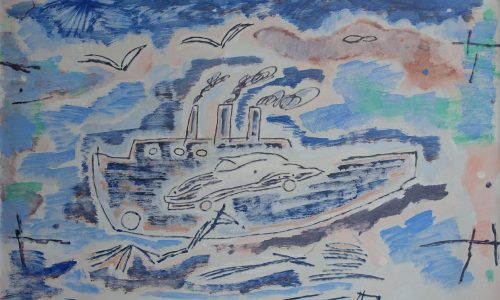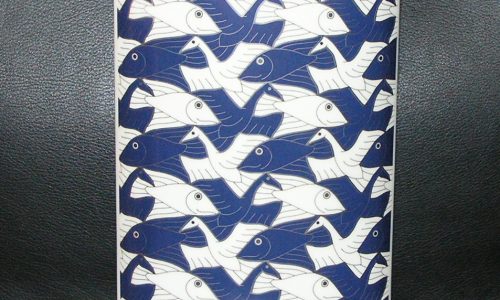
Joachim Grommek, Master of Arts of Free Art/ Film at HBK Braunschweig (Professor: Malte Sartorius), Germany, in 1982 has mainly shown in German and European institutions and galleries since 1987, among them important solo shows like “Malerei 300” at the Städtische Galerie Wolfsburg, Wolfsburg, Germany in 2011. His geometric-abstract, illusionary work in perfection lays varies the topic of authentic image and copy like the ancient Trompe-l’œils, always asking for a second look. Grommek’s work though is reflecting art history and prominent artists like Kasimir Malewitsch, Piet Mondrian, Blinky Palermo or Robert Ryman.

This is how the Taubert gallery describes the works by Joachim Grommek. They have a nice selection in stock. This blog on Grommek is written on the occasion of the purchase for FTN-art of a beautiful impressive diamond shaped work : STAR IV, 2006 (Black Diamond). You really have to study his works from very close up. It appears these are not tapes nor raw chipped wood material, but literally everything….lines , wood, tapes …is painted. Materials used, acrylic paint, lack, wood , special paints…the result a fascinating work of art that impresses with its composition, but in the meantime is a technical painters masterpiece.
The works by Grommek can be found in numerous German museums and ao. the Centraal Museum / Utrecht
here is the text from the book TILT:
Grommek’s pictures have an extraordinarily immediate visual presence, despite their comparatively small size. Whereas they seem rigorously minimalistic in terms of both areal composition and chromatic clarity, there is still something provisional and unfinished about them. More like tantalising intermediates, they seem to imply that the artist has not yet decided which area should be superimposed on which. Patches of bald fibreboard are visible in places, as are strips of adhesive tape.
But nothing is what it seems in these works. Although Grommek does indeed use standard industrially laminated fibreboard as a ground, the grey-brown speckled areas that the viewer takes for unpainted fibreboard turn out to be no less painted albeit with deceptive verisimi|itude -than all the other areas. Even the brightly coloured transparent »adhesive tape« turns out to be lacquer which, perfectly applied layer upon layer, creates the illusion of overlapping strips of plastic tape. An abstract, »unrepresentational« picture by Grommek, therefore, is actually the result of a highly representational style of painting, with what it represents being its own materiality.
Once the temptation to tear off the strips of non-exlstent adhesive tape has been resisted, the viewer can step back a few paces and in doing so go back to the beginning and to the play of shapes and colours. The tension remains, just as the contradictions between the reality seen, painted and represented remain unresolved.
Like this:
Like Loading...













































